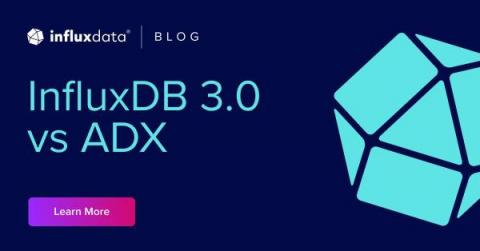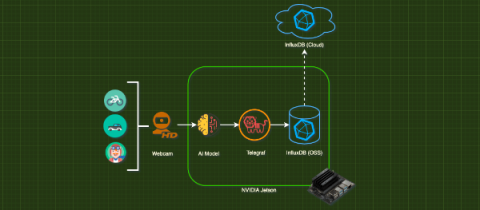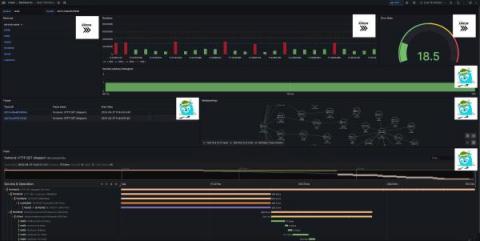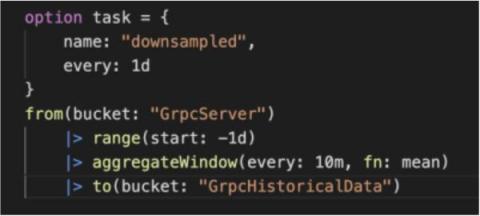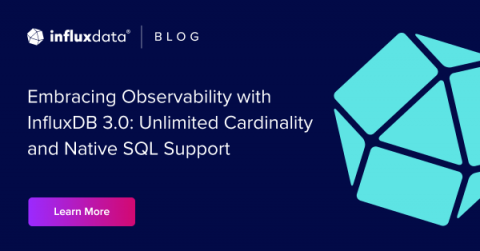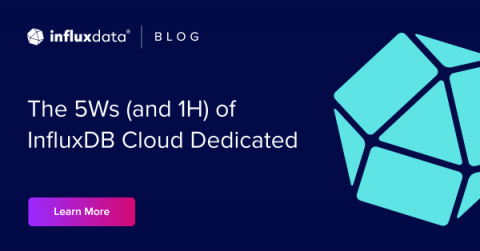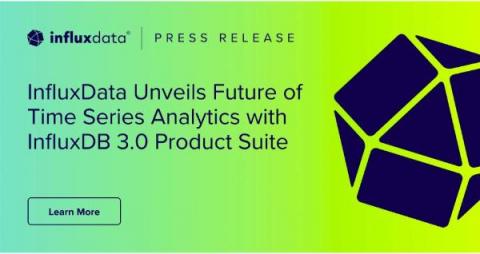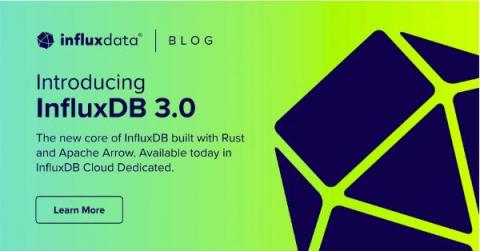InfluxDB 3.0 vs ADX
Over the past few years, time series is one of the fastest growing database categories in the world. As more and more organizations realize how critical time series data is to their operations, more database options entered the market. InfluxDB has been the leading time series database for years, and with the release of InfluxDB 3.0, it remains at the vanguard of the time series world.


